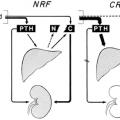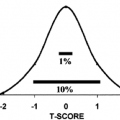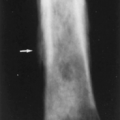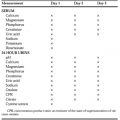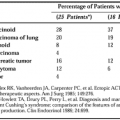STRATEGY AT REOPERATION FOR RECURRENT OR PERSISTENT HYPERPARATHYROIDISM
Parathyroid reoperation may be necessary in cases of persistent or recurrent primary hyperparathyroidism. Persistent primary hyperparathyroidism is the more common cause of postoperative hypercalcemia and represents a continuation of an elevated serum calcium level through the immediate postoperative period or its development within 6 months of operation. This usually is the result of a missed hyperfunctioning parathyroid gland or of inadequate resection of hyperfunctioning parathyroid tissue in a patient with multiglandular hyperparathyroid-ism. Presumably, recurrent primary hyperparathyroidism results from hyperfunction of a previously normal parathyroid gland, incomplete resection of a parathyroid, incomplete resection of hyperfunctional parathyroid tissue, or hypertrophy of autotrans-planted abnormal parathyroid tissue.
The severity of the parathyroid disease should be carefully assessed to justify the increased risk of parathyroid reoperation. Reexploration is usually limited to patients with a serum calcium concentration of >12 mg/dL or patients who have renal stones and in whom deteriorating renal function, skeletal fractures, peptic ulcer disease, hypertension, neuromuscular dysfunction, or other complications of primary hyperparathyroidism are present, regardless of the degree of hypercalcemia. In a totally asymptomatic patient with a serum calcium level of <11 mg/dL and no evidence of skeletal or renal disease, a nonoperative course should be considered.
Stay updated, free articles. Join our Telegram channel

Full access? Get Clinical Tree


